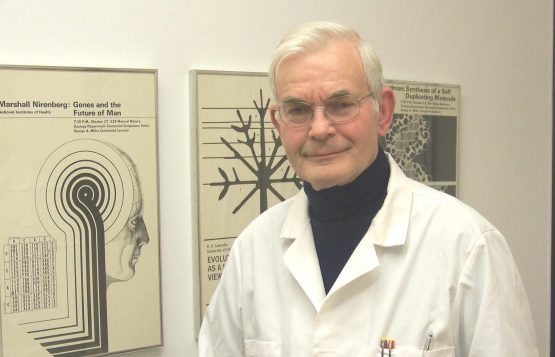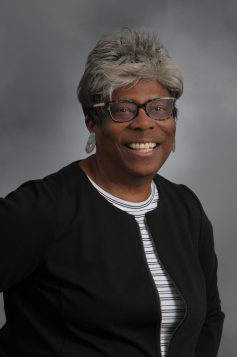Saving our resources
Thank you, county Legislator Steve Englebright [D-Setauket] for your marvelous Port Jefferson Civic Association meeting presentation this past Monday, Oct. 14, regarding the natural geological forces that continue to reshape our North Shore.
The lecture explained why the North Shore harbors east of Mount Sinai have been washed away over the millennia, and why Mount Sinai is the next of six remaining harbors in nature’s destructive pathway. In the 1930s, Mount Sinai harbor entrance jetties were constructed to prevent the natural eastward drift of Port Jefferson beach sediment from occluding its entrance.
Not only did this help preserve the harbor’s spawning grounds for fish and its riparian habitat for wildlife. It also provided storm flood protection and preserved its wonderful recreational resources for boating, fishing, swimming and other outdoor activities. Its sediment drift prevention stabilized the foot of our bluff and permitted its millennially denuded surface to develop a lush vegetative cover over a span of eight-decades.
These benefits ceased by 2017 when the unmaintained western jetty succumbed to three decades of storm destruction. Its loss produced accelerated sand drift and foot erosion that led to the collapse of the bluff’s vegetated surface by 2019. Reconstruction of the jetty in 2020 is again preventing eastern beach drift, and the section with seawall construction is no longer experiencing toe erosion.
It appears that we will be able to piecemeal recover from this tragedy after expediting the experts’ plans for controlling drainage from above by: (a) removing all cliffside courts; (b) building an effective storm drainage system and berm; (c) establishing absorptive crest vegetation; (d) repairing the breakthrough areas of bluff erosion; and (e) moving new tennis and pickleball courts far from areas with drainage issues — perhaps to the lower parking lot with use of East Beach for overflow venue parking.
The sophisticated engineering and ongoing maintenance efforts of seawall “dikes” in the Netherlands is considered a global model for highly successful coastal flood defense, and proper maintenance of a seawall provides protection for high-rise buildings 20 feet from the sea in Miami. With proper maintenance, man can battle natures erosive forces. Although changes in our Phase II project would be bureaucratically inconvenient, perhaps we should consider saving taxpayers the burden of the expensive upland steel-wall component with the understanding that clubhouse relocation may be needed in the future.
Brookhaven Town should also be convinced to develop a comprehensive Water Protection Plan (including Port Jefferson) similar to that developed by Southampton Town. Visit www.southamptontownny.gov and click on “Coastal Res. & Water Prot. Plan.”
Al Cossari
Member of the Port Jefferson Erosion Commission
Rethinking grades: The return of the ‘Do No Harm’ policy
At the Three Village Board of Education meeting held on Oct. 9, President Susan Rosenzweig reopened a discussion concerning the district’s currently defunct “Do No Harm” Policy.
Last fall the board, in its less than infinite wisdom, made the decision to abolish this policy which had been in place for several years and stated that if a grade on a Regents exam would lower a student’s final grade it would not be counted as part of that grade. If the score enhanced the final grade, it would indeed count.
After the Grading Committee led by Brian Biscari, assistant superintendent for educational services, made a determination to rescind this option and count Regents grades as 10% of a student’s final grade, the board voted to instate the new policy. A large majority of parents were appalled by this decision and made their feelings known, but to no avail. Now, seemingly under the radar, this policy was brought to the forefront with no notice, at a board meeting with little-to-no attendance.
Rosenzweig introduced the discussion with the assertion that after the June 2024 Regents season it was necessary to reconsider the decision that was made last fall. Her point was such that several school districts of our caliber (Jericho and Syosset) do not count the exams in students’ GPAs and our students could be put at a disadvantage by doing so. The scores in Three Village had not moved when the “Do No Harm” option was available and since New York State does not recommend factoring their exams into a GPA, it is simply not necessary. Karen Roughley, vice president, was in strong support of Rosenzweig’s argument as other trustees remained as wishy-washy as expected: Vinny Vizzo refused to articulate a solid opinion, claiming to see both sides, and Shaorui Li repeated her ridiculous attestation that the board “should not override a decision made by a committee of 35 educators.”
Trustee David McKinnon, the voice of consistency and specificity, strongly supported keeping our students on par with other districts by allowing them the advantage of not being penalized by state exams that do not necessarily embody the proper assessment of children’s knowledge and skills. His strongest point was that the state doesn’t stand behind their own tests so why should Three Village students have their grades affected by them?
In the end, after Biscari restated his belief that Regents exams have “value” and are “important for data collection” and Scanlon reiterated that the state is not doing away with the tests — they are simply instituting new pathways to graduation — the board took a vote. In what seemed like a unanimous decision, the board voted to reinstate the “Do No Harm” Policy in regards to the New York State Regents Examinations.
It was not clear, but I would hope for the sake of our kids that “Do No Harm” will be in effect for the January 2025 Regents exams and that parents and students will be made aware of the policy’s restoration. Since this discussion was not part of the Oct. 9 meeting agenda it is highly unlikely that anyone who did not watch and/or take part in the meeting is cognizant that this change was made.
As an informed parent I encourage those with students who are enrolled in courses culminating in a Regents exam to pay attention to the changes that are apparently coming with no notification. Thankfully the unplanned discussion led to a positive development, one that can only help our children. Granted, it’s no 30-minute start time adjustment, but at least our kids will have some relief from Regents anxiety. If only last year’s final grades could be recalculated to undo any harm that may have been done.
Stefanie Werner
East Setauket







































